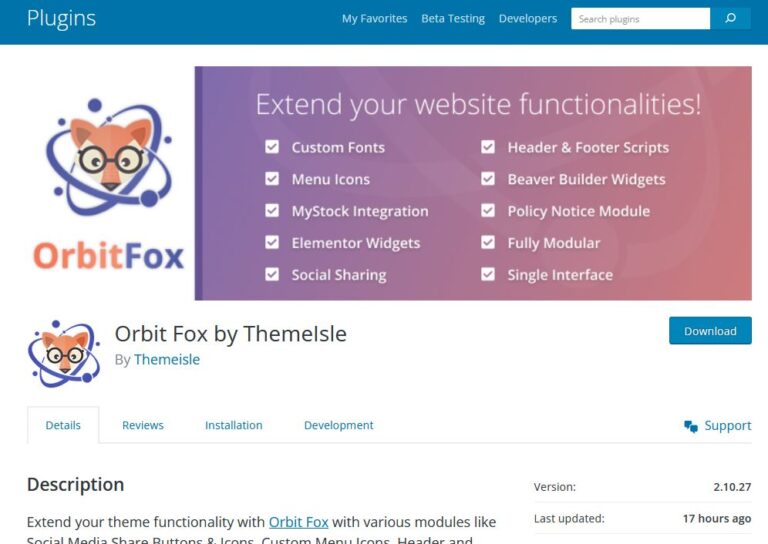How Much Should I Charge

Our free tool helps you determine the right pricing for your services. Setting the right pricing is fundamental for the success of your venture – getting it right can lead to a thriving business, while getting it wrong may result in insufficient earnings or being too costly for your customers. see below the calculator for the breakdown of the intricacies of determining the optimal charges for your services.
You can explore the comprehensive video on this topic, but for more in-depth information, continue reading below:
Calculating Your Rates: A Guide for Self-Employed Professionals
Concerned about privacy? Be sure to review our Privacy Policy before viewing any videos on this platform – find the link at the bottom of each page. Thank you for your understanding!
Before We Begin: A Brief Commentary
I’m weary of witnessing individuals underpricing their services, leading to the demise of their businesses. This not only hampers their own financial viability but also undermines the fair rates that legitimate businesses should command. It unfortunately paints reputable businesses as overpriced, setting a precedent that is detrimental to the industry. In this discussion, we’ll address the critical issue of determining your service charges.
And here’s a little secret – customers will always seek lower prices! Regardless of whether you set your rates at £200 per hour or £1 per hour, there will always be someone complaining about the cost. In a world of discerning and less discerning customers, focus on providing quality services and avoid undervaluing your expertise.
Did you know that many appreciative customers might feel guilty if you charge too little for your services? If you’re a customer who thinks you’ve been overcharged, please refer to the final section of this article titled “You’re not being overcharged!”
By the way, for those inquiring about business bank accounts, check out my review of Tide – they’re currently offering £75 to our readers (as of the time of writing), and it’s definitely worth exploring if you’re fed up with traditional high street banks. Now, let’s dive into the realm of hourly rates.
Navigating a Service-Based Business
This discussion primarily centers around charging for your time. If your business primarily involves product sales, this may be less relevant to you. However, if your main revenue stream relies on hourly or daily rates, read on! This applies to various professions such as freelancers, plumbers, electricians, private teachers, IT consultants, physiotherapists, joiners, woodworkers, and anyone who monetizes their skills. While there might be some product sales involved, the crux of your income lies in selling your valuable time. It’s imperative to determine the worth of your time accurately.
Two Approaches to Time-Based Charging
- Structured Approach: Many opt for a structured approach, establishing a baseline hourly rate from which they calculate other charges. While your customer may not need to know your hourly rate explicitly, it serves as a foundation for determining day rates, week rates, or monthly rates. Having different hourly rates for distinct types of work is practical.
- Unstructured Approach: This approach involves proposing a figure to your customer and assessing its viability. This works well for creative professions, where the value of a product may not be based on hours spent but on its perceived worth. While effective for established individuals like Banksy, it requires caution, especially for those starting out.
Fixed Price or Hourly Rate?
The dilemma of charging a fixed price or an hourly rate varies by industry. Certain professions, like solicitors, often bill by the hour, especially when estimating the time required for a job is challenging. However, for many other service providers, opting for a fixed price for a job is advisable. This eliminates complications – if the job finishes early, there’s no expectation of a discount, and if it takes longer than anticipated, the customer won’t feel shortchanged.
Hourly Rate Spreadsheet
To facilitate your pricing decisions, I’ve developed a simple spreadsheet. It’s among the many resources available in the members’ area, and its value is likely to surpass its cost. This free tool is sustained by the support of our members. The spreadsheet may seem intricate initially, but rest assured, it’s user-friendly. Visit the members’ area to access this resource and others. It’s available in Microsoft Excel and Open Document formats, ensuring compatibility with most computers.
Getting to the Point
In the UK, discussing finances can be somewhat reserved, but let’s change that. Drawing from over 25 years of self-employment experience, I recommend a minimum hourly rate of £40. This is a general guideline, and the actual rate may vary based on your business’s complexity and overheads.
Just as we have a national minimum wage for employment, let’s establish a national minimum rate for self-employment. If your current rate exceeds this, fantastic. If you make a comfortable living with a lower rate, that’s commendable too. It’s essential to start somewhere, so why not here?
Determining the right pricing for your services is critical for your business’s success. Utilize the tools available, assess your expertise’s value, and set rates that reflect the quality of your services.
Frequently Asked Questions – What Shall I Charge Calculator
1. What is the “What Shall I Charge Calculator?”
The “What Shall I Charge Calculator” is a tool designed to help you determine the appropriate pricing for your services. It takes into consideration labor, materials, and overhead expenses, providing a quick reference point for estimating job costs or establishing standard prices for recurring services.
2. Who can benefit from using this calculator?
This calculator is beneficial for individuals at the outset of their entrepreneurial journey and established business owners looking for a more efficient way to determine service prices without manual calculations.
3. Is the “What Shall I Charge Calculator” the only free tool available?
No, the calculator is part of a suite of free tools aimed at assisting businesses. Other tools help store client information, convert estimates to invoices, and streamline payment processes, making it an integral component of a comprehensive pricing strategy.
4. How do I use the pricing formula with the “What Shall I Charge Calculator?”
The pricing formula involves adding labor cost, material cost, overhead expenses, and desired profit. The formula is: Labor cost + Material cost + Overhead expenses + Desired profit.
5. Can you provide an example of calculating labor costs using the calculator?
Certainly! To calculate labor costs, input the number of job employees, hours required for the job, and their hourly pay into the calculator. For instance, if two workers are needed for four hours, each earning $18/hour, the calculator will output the labor cost, in this case, $144 (2 x 4 x 18 = 144).
6. How does the “What Shall I Charge Calculator” assist with material costs?
The calculator helps determine material costs based on your supplier’s listed prices or, in the case of partial quantities, by estimating the cost per job, ensuring accurate pricing.
7. How does the calculator factor in overhead expenses?
By summing up all monthly business costs and dividing this total by workable hours each month, the calculator helps you determine hourly expenses for overhead per job.
8. What percentage of profit is recommended to add to job costs using the calculator?
A typical range is 10–20% of job costs. You can adjust the profit amount within the calculator to achieve a margin that aligns with your preferences, taking industry benchmarks into account.
9. How does the “What Shall I Charge Calculator” help with markup and profit margin?
The calculator assists in understanding and incorporating markup and profit margin as a percentage or dollar amount, helping you make informed pricing decisions.
10. How does the calculator streamline the pricing process?
The “What Shall I Charge Calculator” simplifies the addition of costs for estimates, reduces the time required for pricing, minimizes errors, ensures comprehensive cost inclusion, and verifies profit margin and markup percentages.
11. What steps should be taken after using the calculator?
Following calculator usage, utilize the free estimate template to create professional service estimates. Additionally, you can upload pricing information to quote management software like Jobber for efficient business management.
12. How can Jobber complement the “What Shall I Charge Calculator” in business operations?
Jobber enhances various aspects of your business, offering features such as work request acceptance, estimate creation, job and invoice conversion, client communication, online estimate approval, team scheduling, expense tracking, and automated invoice processing.
Learn more about how Jobber can optimize your business efficiency and accelerate winning work.






